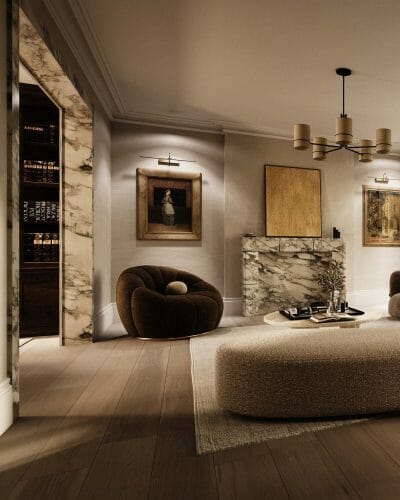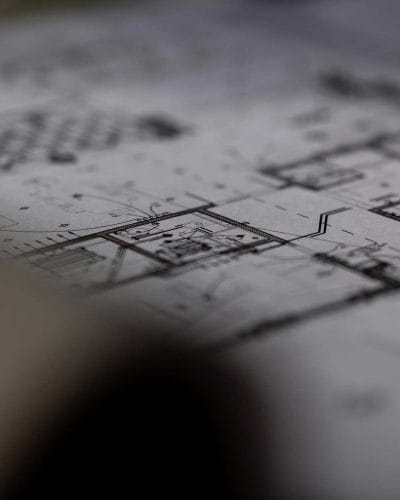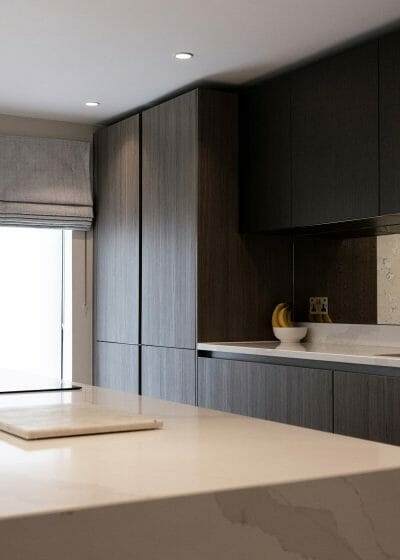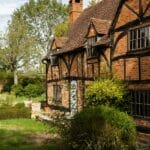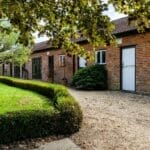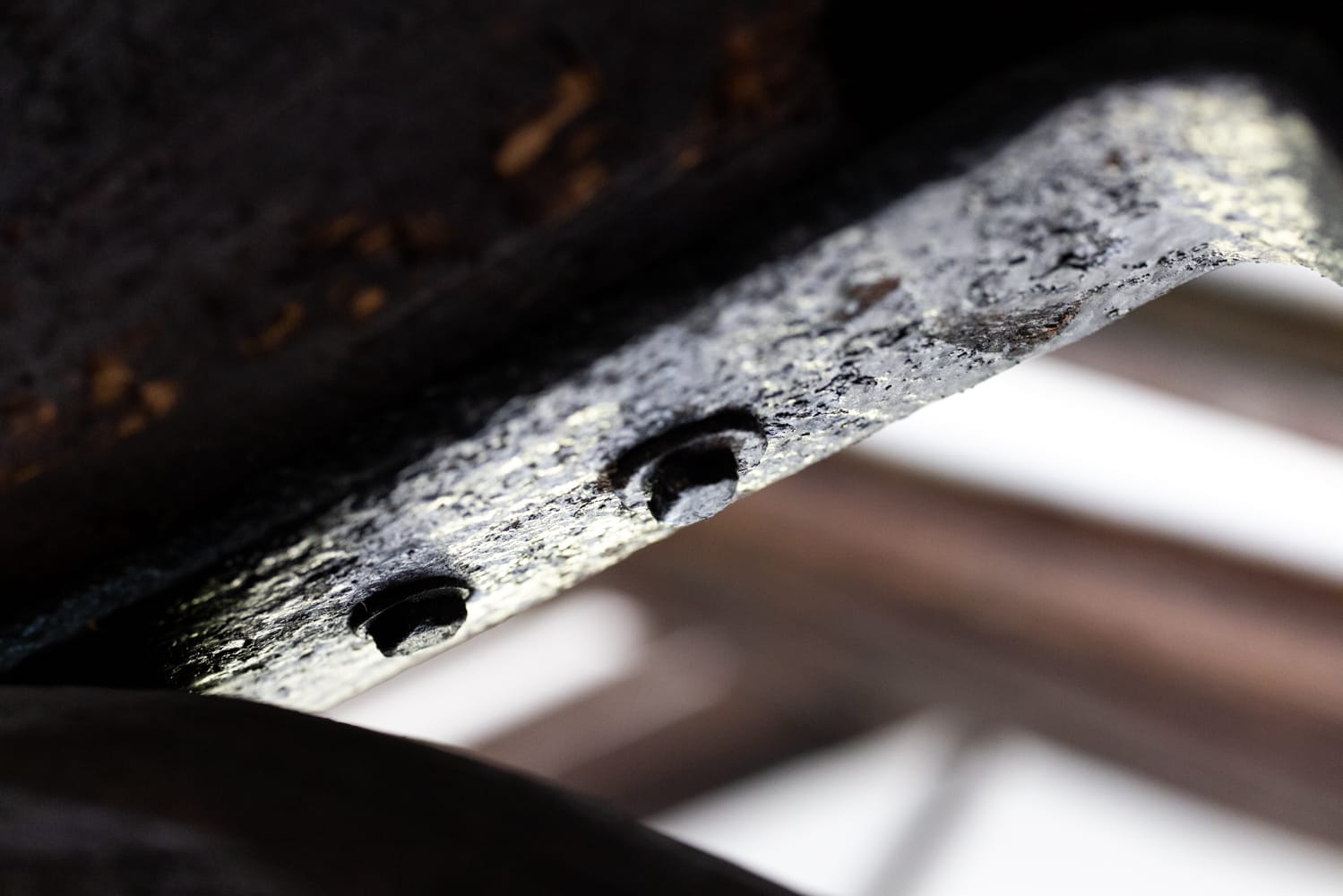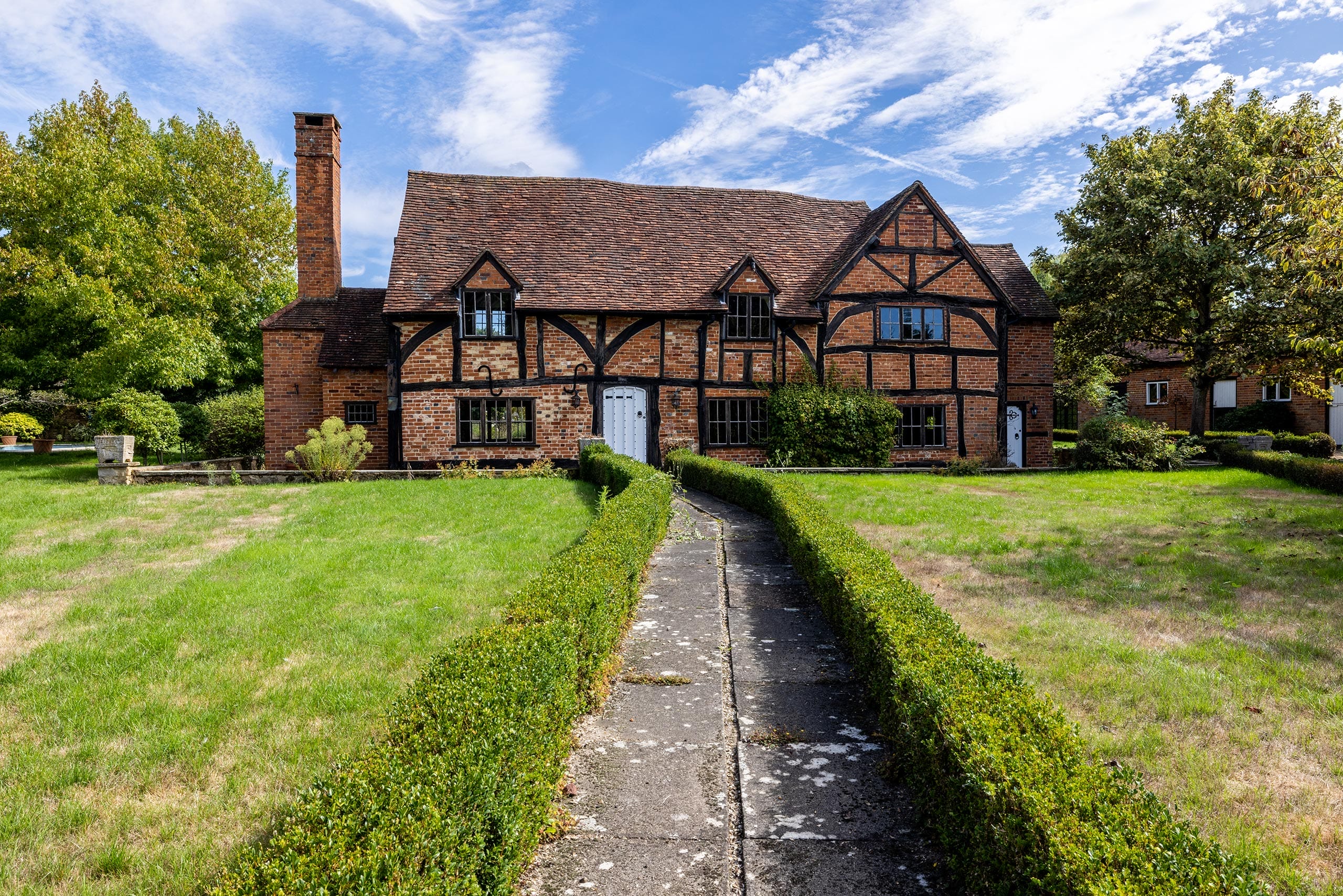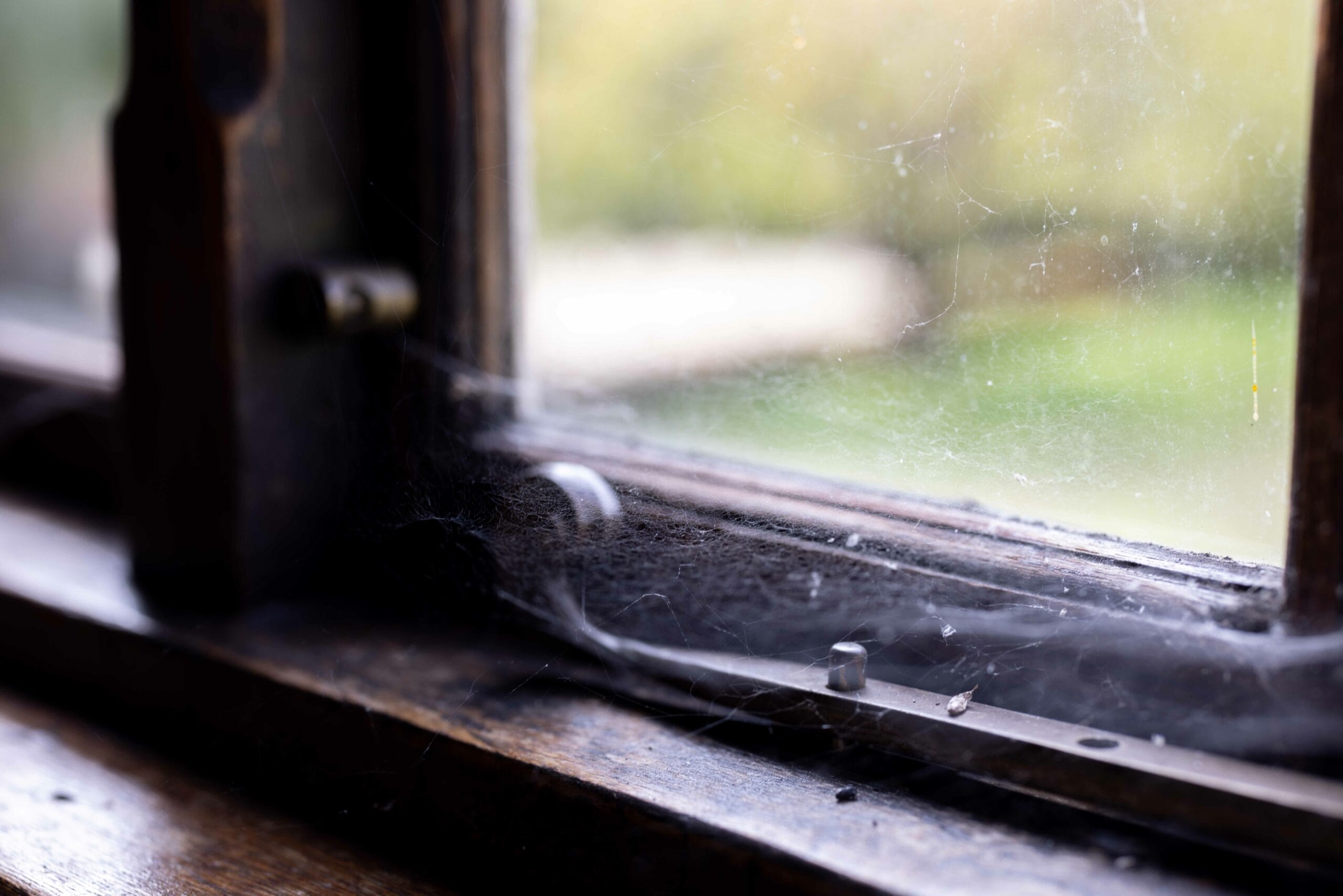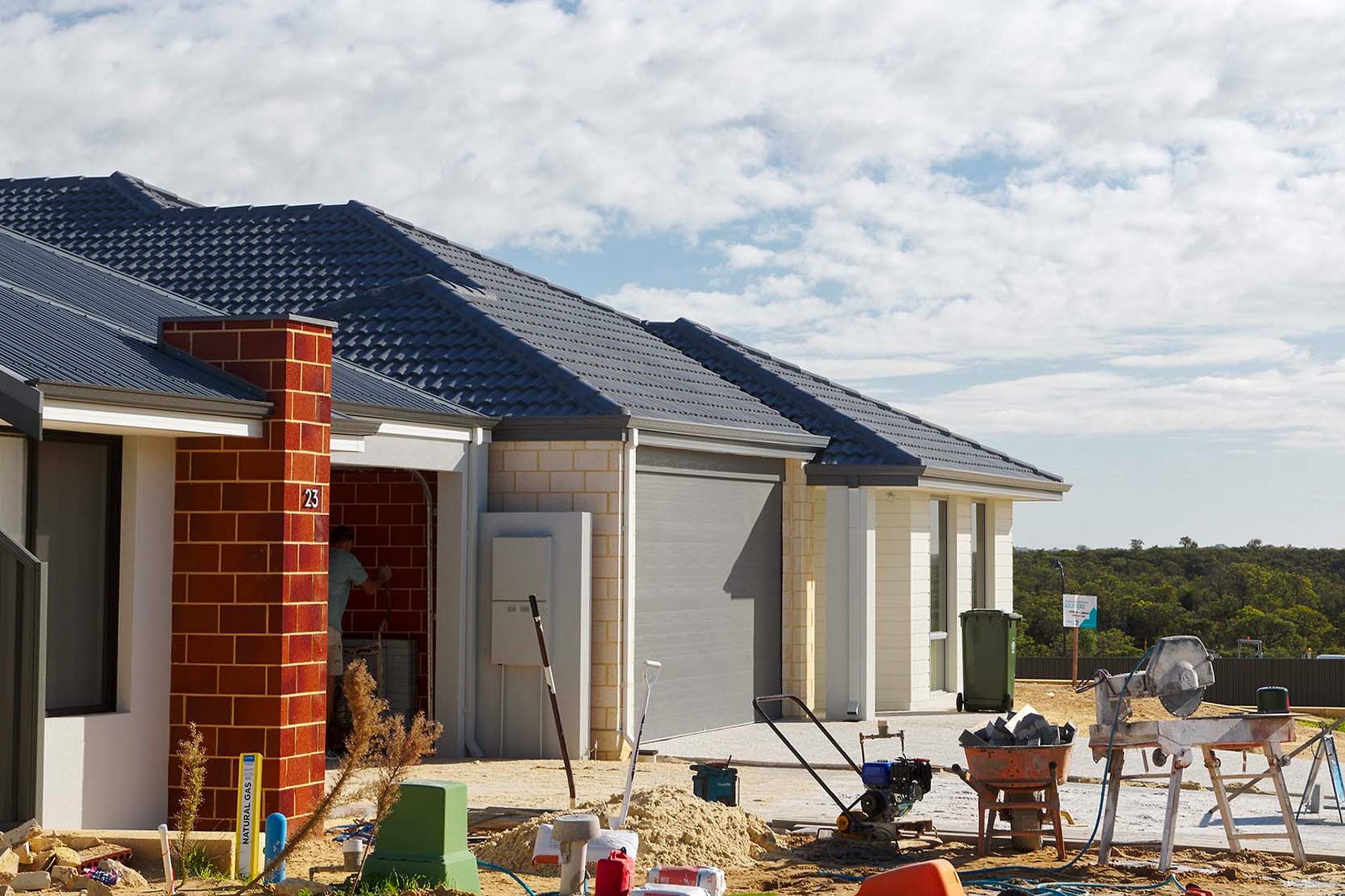Listed Building Window upgrade options
Should I Replace Or Repair My Listed Windows?
Preserving the historical and architectural integrity of your listed property must be a priority, if you fail to do so, you could face a planning enforcement notice. Conservation Officers always favour repair work over replacement work to listed properties, this also applies to window frames and new windows.
In many cases, when careful and precise window repairs are carried out, authenticity and function can be balanced. If your building has windows where the damage is more extensive, a replacement is likely required. Windows in listed buildings should only be repaired by skilled specialists who have experience in working on historic windows.
Below, we have put together a list of considerations to help you decide the best course of action for your Grade II listed building windows.
Deciding whether to repair or replace Grade II listed windows involves careful consideration of various factors to ensure the preservation of the building and the conservation area’s historic character. Here are some key considerations:
Assessment of window condition
You cannot decide on the best option to replace windows without assessing the overall condition of the existing windows. If the older windows still remain structurally sound and damage is localised, repairing may be a good option. In the case where extensive deterioration is clear, a replacement is likely warranted.
Historical significance
Next, you should assess the historical significance of the windows and the existing windows and frames. This involves thinking about how they contribute to the overall historic interest of the building. Windows are often integral to a building’s heritage, this is why repair and conservation are often preferred.
Authenticity of materials
For window replacements or repairs, you will always have the consider the authenticity of the new materials used. Original materials can be preserved through repair, which is generally more applicable to Grade II listed homes.
Architectural Features
This is where a heritage architectural designer’s insight is very useful. You will need to examine the architectural features of the windows which include the glazing bars, mouldings, and any decorative elements. Preserving these features will influence the decision of whether a repair or replacement job is best.
Planning permission
Planning permission is required by law in the U.K. if you wish to make any changes or repair any elements of a Graded building. This includes initiating work on windows.
Costing
Repairs can sometimes be more cost-effective than replacing old windows. Heritage windows may only require minor repair work, in such cases, long-term considerations should also be made to avoid ongoing maintenance costs.
Energy Efficiency
Modern double glazing is one of the most effective ways of keeping our homes warm, unfortunately, historical windows are not very energy efficient. Where improving this area is a priority, you may be able to combine repairing a window with secondary glazing, for example.
What are your glazing options for a listed building?
Despite an emphasis on repairing windows rather than replacement windows, there are still options for glazing windows in listed buildings. We have made a comprehensive list of possible options for you below.
Secondary Glazing
Secondary glazing is a process which involves adding a layer of glass on the interior side of the existing windows. This option can increase energy efficiency and offer further insulation without the need to alter any of the external characteristics of a listed home.
Slimline Double Glazing
Slimline double glazing is where a thin layer of double glazing is installed in the existing window frames. This can be preferable for Grade II listed homes as it provides some of the benefits of a modern double-glazed unit without affecting the outside appearance.
Heritage or Conservation Glass
There are heritage window specialists who offer conservation glass to replicate the traditional design of windows in historic buildings. This is a more costly option but will ensure that the original appearance of the building is maintained.
Timber Sash Windows
In cases where the original building had timber sash windows, replacing them with a replica timber sash is an excellent option. Modern glazing techniques can be incorporated into these traditional-looking windows.
Beware:The wrong windows can hurt the value of your home
Windows play a crucial role in a property’s aesthetics, functionality, and energy efficiency. Not using like-for-like materials or choosing the wrong style of window can impact property value, especially in the case of installing modern windows in Graded homes.
The wrong windows can also affect energy efficiency, which is another consideration. Outdated windows can be less effective resulting in higher utility costs, this can deter potential buyers.
To maintain your home’s value, you should consider architectural style, materials, and energy efficiency whilst aligning your choices with the original character of the building. Changing windows in a listed building can have serious financial implications, so an informed decision is advisable.
When To Repair a Sash Window?
Sash windows are a type of window typically found in properties dating back to the 17th Century. These types of windows originated in Holland and are a traditional type of window that consists of one or more movable panels, or ‘sashes’ that form the window frame.
If your listed building features these heritage windows, you may be considering repairing the windows rather than a window replacement. Here are some examples of when a sash window may need repair:
Difficulty opening and closing the window – Sash cords, pulleys, or the window frame can become damaged over time. Repairing or replacing these components can help improve functionality and make it easier to open and close the window.
Decayed or damaged wood – Rotting and decaying wood is one of the main reasons for window repairs. Check the window frame, sashes, and sills for signs and repair early on to keep the structural and characteristic integrity of the window intact.
Draughts and air leaks – At the first sign of a draught coming from traditional windows, investigate. If you notice any sort of air coming into the building, gaps in the sashes may be present.
Broken or loose glazing – Modern double glazing rarely comes loose or breaks, however, the same cannot be said for sash windows. If glazing putty becomes loose or gets cracked it can reduce glazing efficiency.
Condensation between panes – Where there is condensation between sash window panes, a broken seal is likely the culprit. The seal will need to be replaced to restore insulation.
General wear and tear – Over time, listed building windows suffer damage naturally. Therefore, it is wise to enlist the help of a heritage officer who can advise on when to repair your sash windows.
Like-For-Like Windows in Listed Buildings
The historic features of a Grade II listed building and your respect for them will greatly influence as to whether a planning officer will approve works. When writing a planning application, you must demonstrate how you will protect the features of the historic building. With this said, it does not always mean that modern materials cannot be used. Sympathetic replacements are sometimes agreed upon, particularly where energy efficiency and the comfort of living in a listed building are impacted.
With this said, ‘like-for-like’ windows are always preferred where replacements are being installed. Like-for-like replacements ensure that the new windows closely match the original design in terms of materials, style, and details. This consistency is essential for preserving the overall aesthetic of the building.
Consult Our Specialist Heritage Architectural designers
For expert guidance and assistance in navigating the complexities of window replacements in Grade II listed buildings, Christopher David Design can assist. We can provide invaluable insights and support tailored to the unique challenges posed by Grade II listed properties backed by our experience of working in heritage conservation. Contact us to begin your consultation and make your project a reality.


